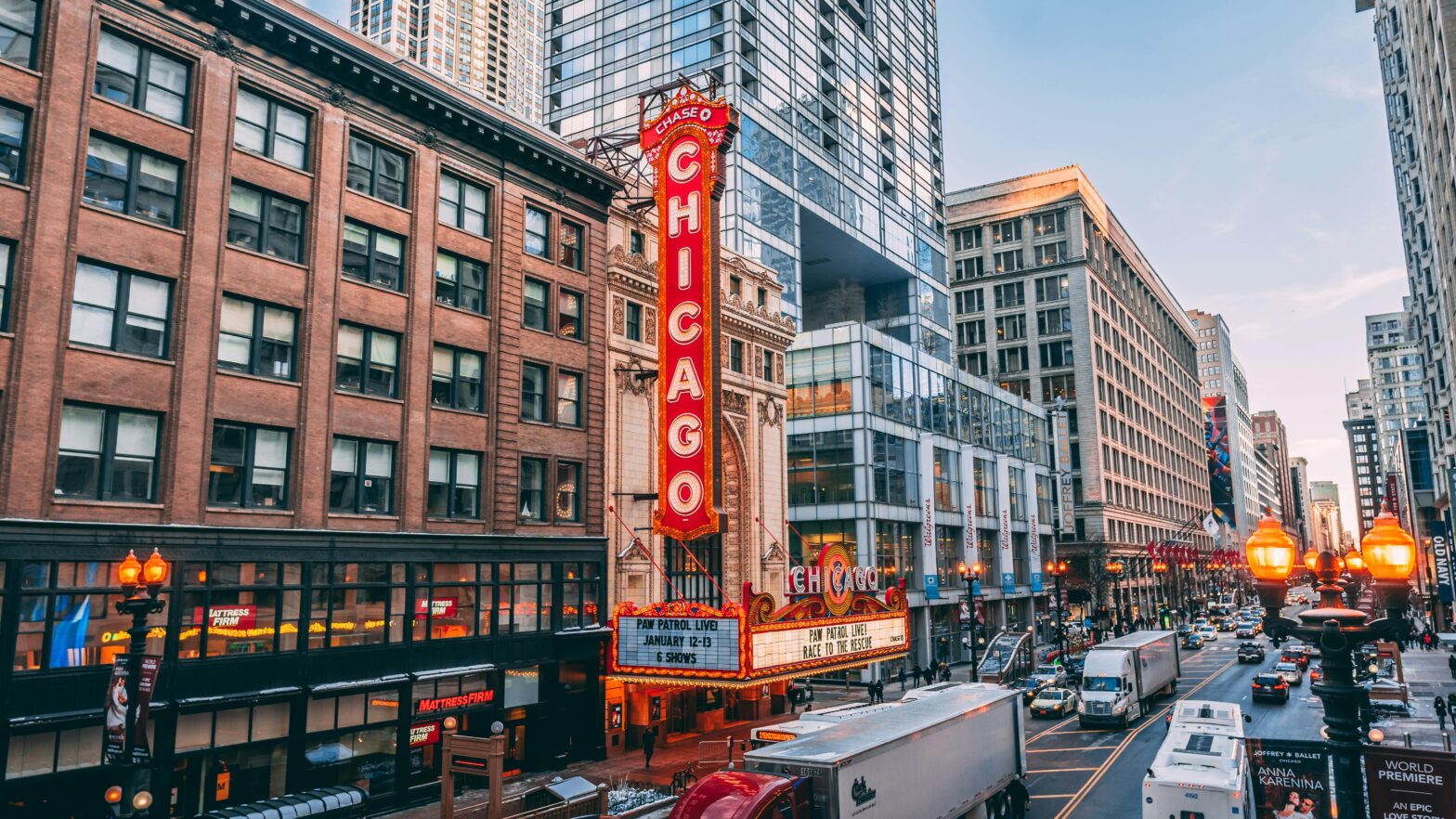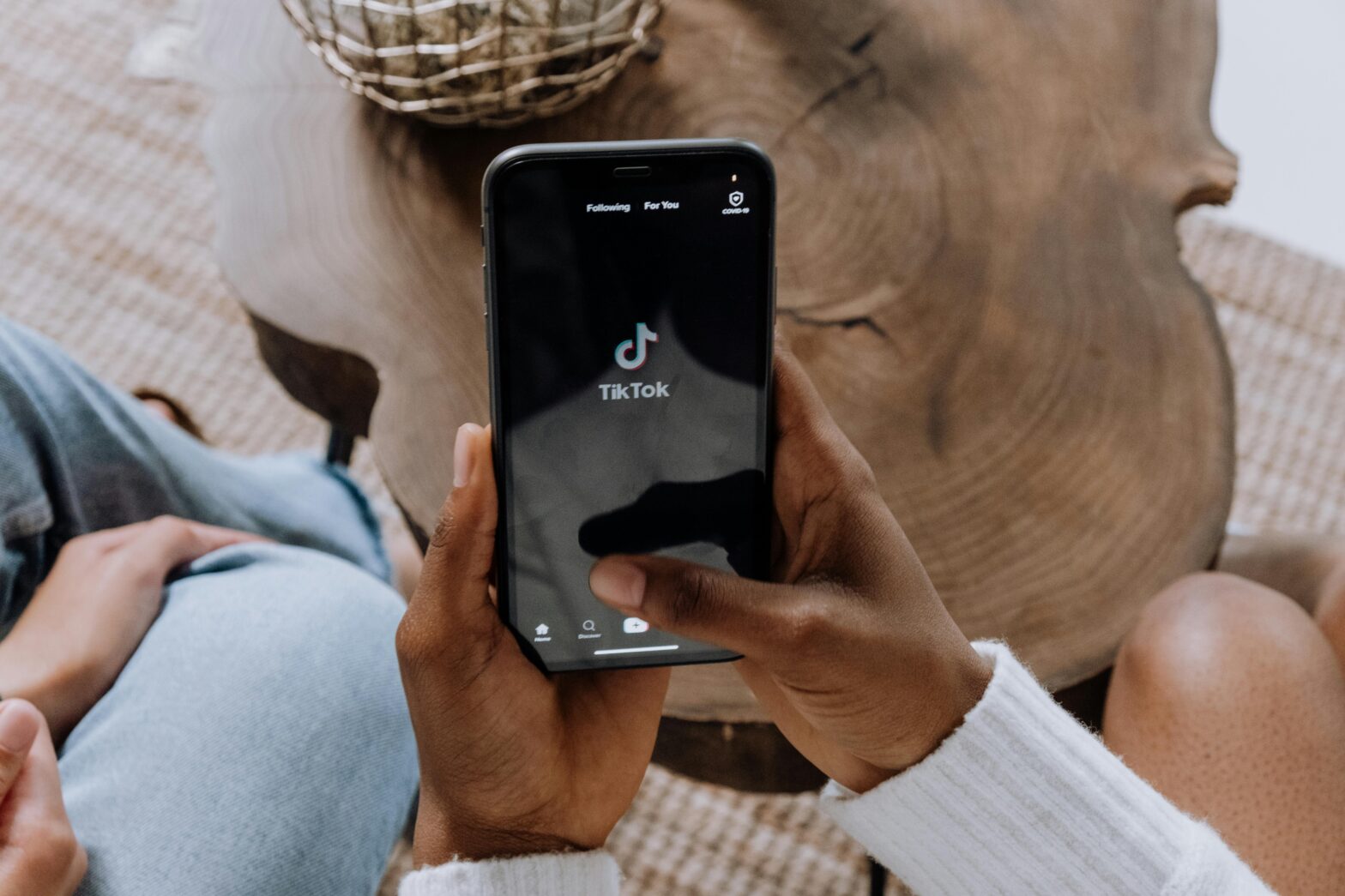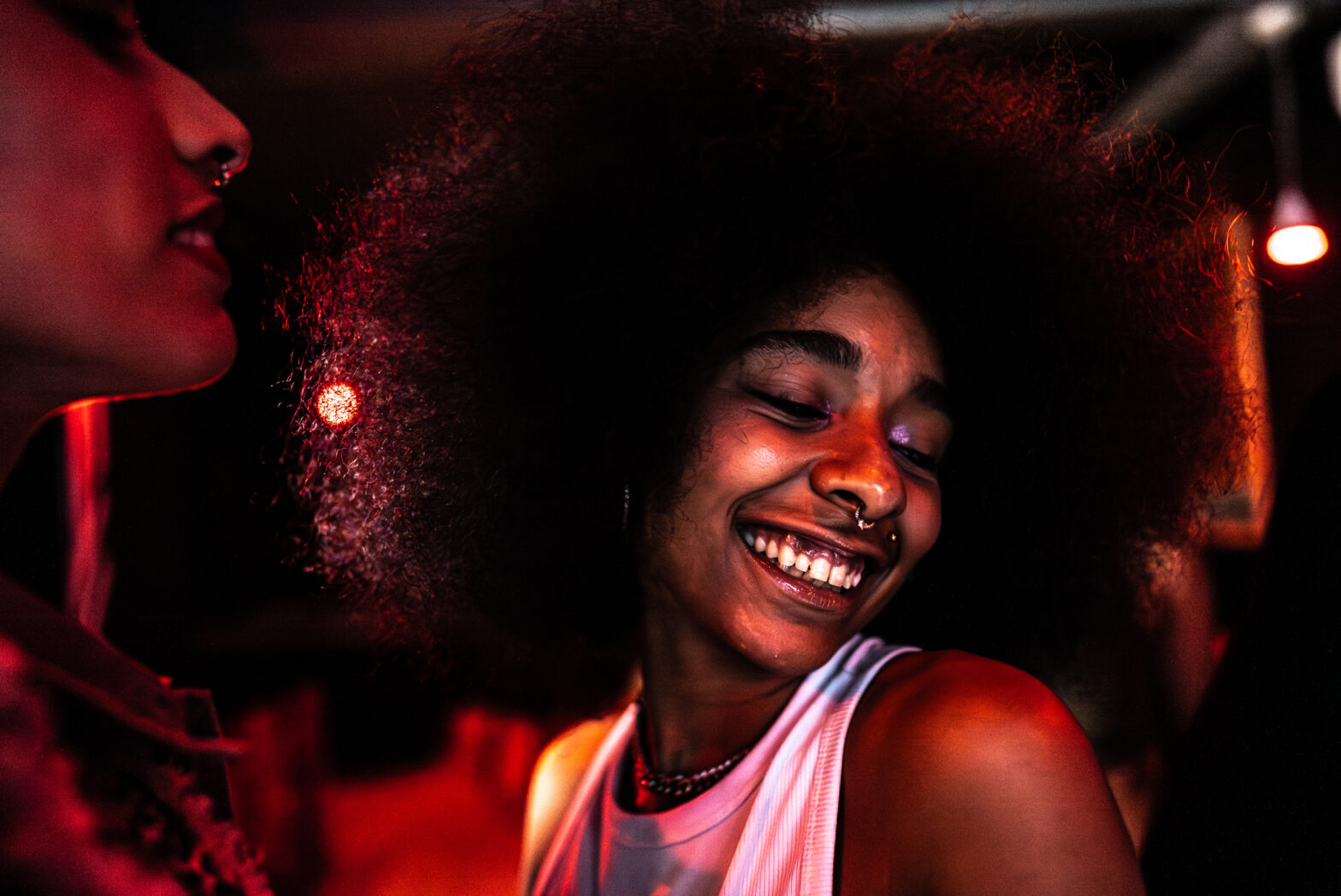When Scharllette Allen Moses, an Afro Nicaraguan woman, became Miss Nicaragua in 2010, Professor Juliet Hooker remembers it being a “scandal” in her home country.
“People asked, ‘how could she be more representing us?’ and there were all sorts of racist critiques of her because she didn’t meet a ‘European’ standard of beauty,” Dr. Hooker, a professor of political science at Brown University, told Travel Noire.
But those questions and criticism at the time speak to a larger issue at hand that’s still very much prevalent today: Afro Nicaraguans are fighting to be heard and seen.
“Like many countries in Latin America, Nicaragua has a significant population of African descent. But who identifies as Black or Afro-descent is a different story and depends on the region. In order to talk about Blackness in Nicaragua, you have to break down two regions: the Pacific and Central region, and the Caribbean coast.”
The Pacific and Central regions are mainly Spanish speaking and Catholic as the area was colonized by Spain.
“There’s a presence of people of African descent due to slavery, who eventually became free and part of the country. People will recognize there were indigenous contributions to the national identity, but they tend not to recognize that there was an African presence and African contributions to Nicaraguan culture, especially in the Pacific and Central regions.”
According to Dr. Hooker, the Caribbean coast is different when it comes to accepting the Afro identity because of the role of colonization and the proximity to other Caribbean countries.
“The Caribbean coast of Nicaragua, which was a British protectorate, was never controlled by the Spanish. It only became a part of Nicaragua, through military force in 1884. But it’s in this region where you have populations of people of African descent, some of whom were slaves, but a lot of whom were maroons or escaped slaves,” said Dr. Hooker.
The two main people of African descent on the Caribbean coast are considered Creole and Garifuna, but there are other indigenous groups and historic inhabitants as well.
Meanwhile, in the Pacific and Central regions, Dr. Hooker says you might come across people who phenotypically look Black, but they’re much less likely to identify as Black. She says, as a result, this has caused a lot of unacknowledged racism in Nicaragua and anti-Blackness because people don’t want to acknowledge that they are Afro-Nicaraguan or be associated with Blackness.
“There are these baseless stereotypes about Black people that you have to deal with as you navigate these other spaces in the country if you’re from the coast. Even as a citizen, you can still get asked for your ID as if you’re traveling to a foreign country because of the stereotypes about Blackness and criminality. There’s a stereotype that you are participating in the drug trade, whereas, that’s a problem for the whole country, as is true in many places in Latin America.”
But even with the negative stereotypes, Dr. Hooker says some strides are being made across the country that she thinks will help with Afro-awareness and identity, particularly among younger activists and university students.
“There are self-identified Black activists and Afro Nicaraguan activists from the Caribbean region who have been prominent at making demands on the state and advocating for equality for the region,” she said. “There are so many areas where these struggles play out, but one way is language and not having to just speak Spanish. Many want to preserve our languages, especially those of us from the Caribbean coast.”





